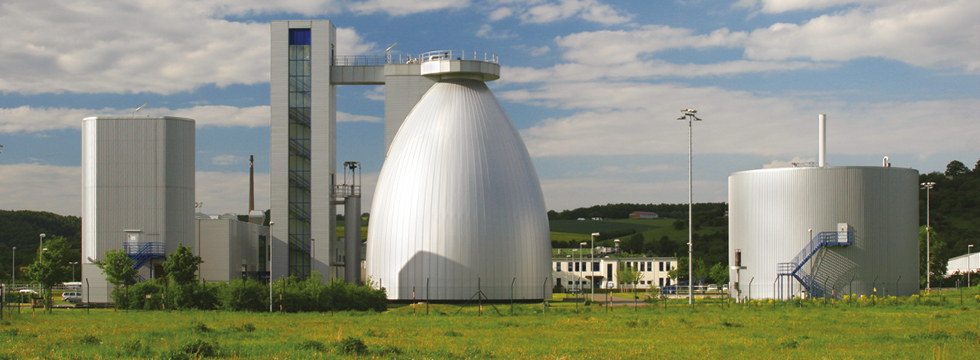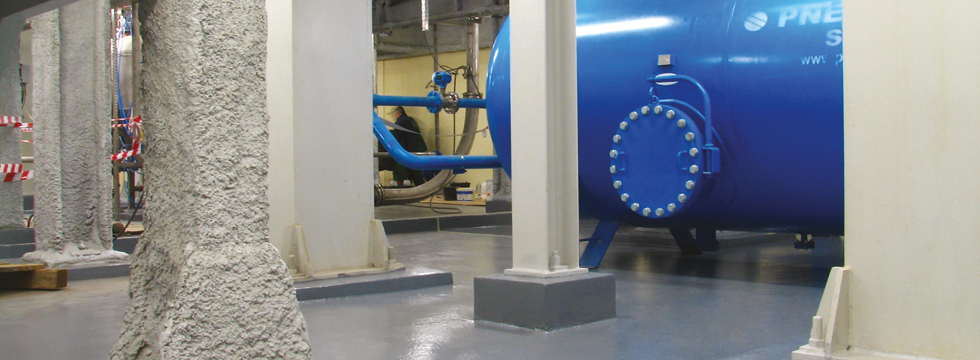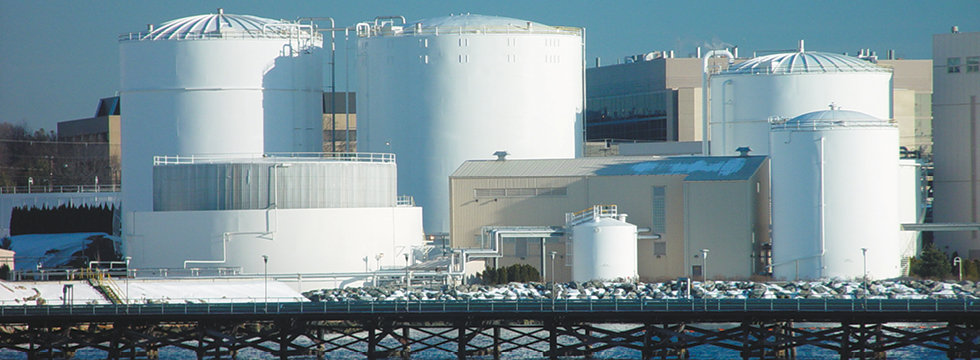Corrosion Protection




Our Flowchem VE range of seamless coatings and linings systems use shrink-free, modified vinyl ester resin to offer superior protection against highly concentrated acids, alkalis and solvents. Within the range various resin types are available to meet specific chemical and temperature exposure requirements. The integrated fibreglass reinforcement provides added protection against thermal shock and thermal cycling.
The Flowchem VE systems are ideally suited for primary and secondary containment areas, or any environments where severe chemical attack is a concern.
Anti-Corrosion
Parts of a plant likely to undergo frequent and severe chemical exposure, such as primary and secondary containment areas, need to ensure that the surfaces and structures are protected against the corrosive effects of the substances on-site.
Concrete or metal structures that experience thermal, chemical or mechanical attack can be coated with anti-corrosion linings to avoid early failures and undesirable damages.
Vinyl ester resins offer superior protection against highly concentrated acids, alkalis and solvents and can be chosen to meet a facility’s specific chemical and temperature exposure requirements.
Anti-Static
Electro-static discharge (ESD) can pose a threat to sensitive electronic equipment, and in environments that handle volatile gases, powders, liquids or other substances it can even be a potentially dangerous ignition source. This charge can quickly build up within a floor when subjected to regular traffic from people and wheeled equipment.
To minimise these concerns, a controlled electrostatic protected area (EPA) can be created by installing an epoxy coating that safely dissipates electrostatic charge to ground faster than it accumulates.
Flowcrete UK’s specialist anti-static finish fulfils the three flooring criteria outlined in ANSI/ESD S20.20, which requires a system resistance of a person through the floor and to ground of less than 35 megohms.
Temperature Resistant
The floor area can be very sensitive to changes in temperature, whether its excessively high, below freezing, very sudden or over a long period of time.
Thermal shock for example can quickly cause a floor finish to crack, this often occurs during situations such as when the floor is steam cleaned at 120°C or if it is subjected to blasts off -25°C air from an open cold store unit. Thick, polyurethane floor finishes are highly effective at resisting thermal shock.
This temperature resistance extends to avoiding failures from thermal cycling, when the floor’s temperature is gradually raised or lowered over time. Polyurethane’s thermal coefficient of expansion is similar to concrete, which means that the finish will expand and contract at the same rate as the substrate. Failing to move with the underlying concrete could lead to cracks, debonding, delamination or bubbling.









